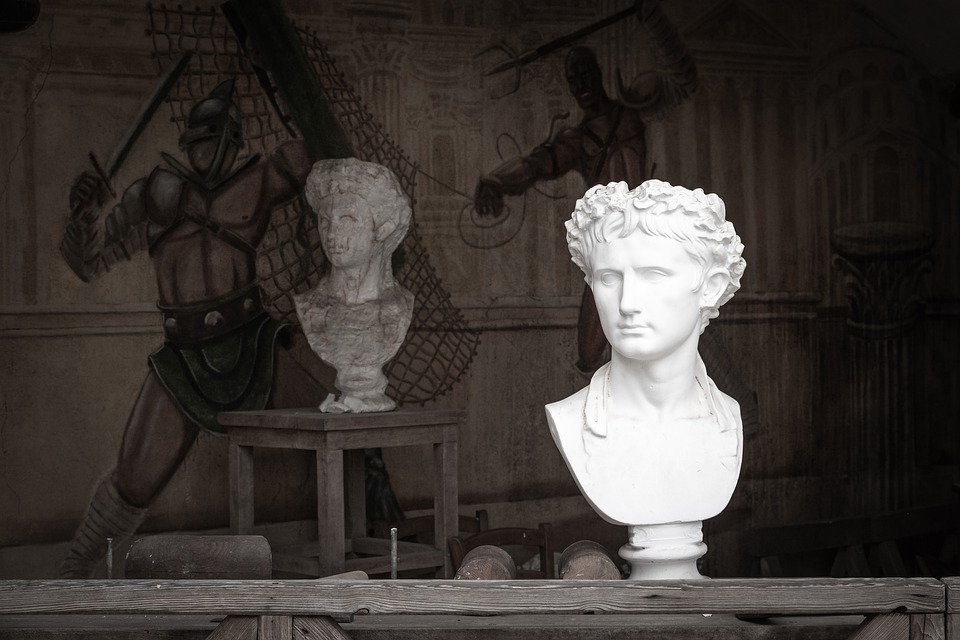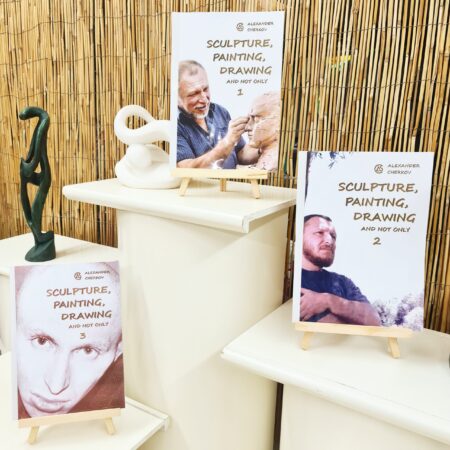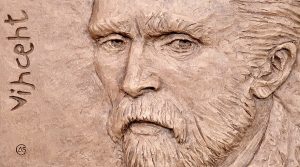Introduction to Aesthetics presents an exploration and examination of the aesthetic experience by many philosophical thinkers throughout history.
We use different terms to express our impressions such as: amazing, interesting, exciting, boring and so on. We associate the different impressions with our personal experience, for example when we describe our routine life as gray and poor it is in contrast to other colorful lives we know. Under the field of knowledge of aesthetics we research and examine the experiences such as: movies, nature (for example sunset), songs and the like.
In the aesthetic experience we examine:
Receptive side - the experience (The farm subject) - We ask about the unique nature of these attempts, we ask what is the nature of the experience? Is he emotional? Has a cognitive dimension (requires knowledge)? Is it linked to other experiences out there? What empowers me to say about something that is beautiful for example? What types of judgments are in the field of aesthetics? (Apart from the passivity on this side, there is activity, a person's contribution to his experience).
Productive side - Questions about the work itself, creator and the process of creation. Ask about the creator, his intention in the work.
The identification between the aesthetic and the artistic was assimilated only in the middle of the 18th century by the philosopher Alexander Bamgarten, Pre-Kantian. He says that aesthetics is a field in itself.
Noasis (the object of thought) and Nuata (the thought process). In logic (nuata) I lock the private under the general and therefore I produce cognitive judgments involved in knowing. However in aesthetics there is aesthetics.
The word aesthetics comes from the Greek language aistasis (aesthetics) means sensing, which is felt and understood. In science it has objects of its own, just as in logic there are objects of its own (like our thoughts) and so in aesthetics there are objects of its own. For example, poetry, the song is significant and interesting not only as a tool for conveying information / truth to something external to it (which it teaches about something) but because it creates a relationship between images, one can appreciate the language itself, the way the language sounds, the way concepts appear in it. Poetry creates in us a certain feeling (it can be subjective or objective but does not get into it, it is not safe). Bamgarten adds aesthetics as a science of whispering in itself.
Reading books and poetry began only in the Renaissance, in ancient times poetry was transmitted orally. The Greek philosophers wondered what arouses man to hear? How does it activate us? What is the nature of this experience and thanks to what does the creator write poetry (does he know the craft of poetry as a carpenter knows the craft of carpentry)?
there are Creative artists and there are performing artists, What is the connection between the operation and the work? How do we know we fully understand the work (what did the creator mean)?
The author's intentions are insignificant for the interpretation of the work. My interpretation of the work does not depend on the intention of the creator.
Introduction to aesthetics - thinkers and philosophers
Plato He is the first philosopher to discuss poetry, he criticizes poetry, poets and the situation in which it puts listeners so sharply that he suggests that in the ideal country we should not allow poets to live. Plato examines the knowledge of good and the doing of good and in this examination we see the meaning he gives to poetry.
In Nietzsche we see an identification between the aesthetic experience and Nietzschean morality.
For Kant, who links the beautiful to nature, it is not something we can only live, but our interests attract us - our life is a life of interests.
Aristotle He wrote the poetics in which he responds to Plato's attacks on poetry, he says that poetry has value, it adds to us, it brings us closer to truth than history. Aristotle tries to defend poetry from Plato's attacks from his own arguments, refuting them. They engage in a dialogue with each other through the same criterion "Does poetry contribute to us and can it be morally anchored?"
In Amgretto Say something else, no matter if the poetry gives him some knowledge, it does not need epistemic justification, does not need to show that the poetry contributes to our morality - it belongs to ethics, but we explore the enjoyment we have of it, which is not cognitive or moral but sensory. The aesthetic experience is different from the cognitive and moral experiences. They evoke aesthetic feelings in us and they do not have to be related to knowing to be justified.
Recommended art products
-
- out of stock
Natural clay sculpture kit
- ₪170
- Read more
-














